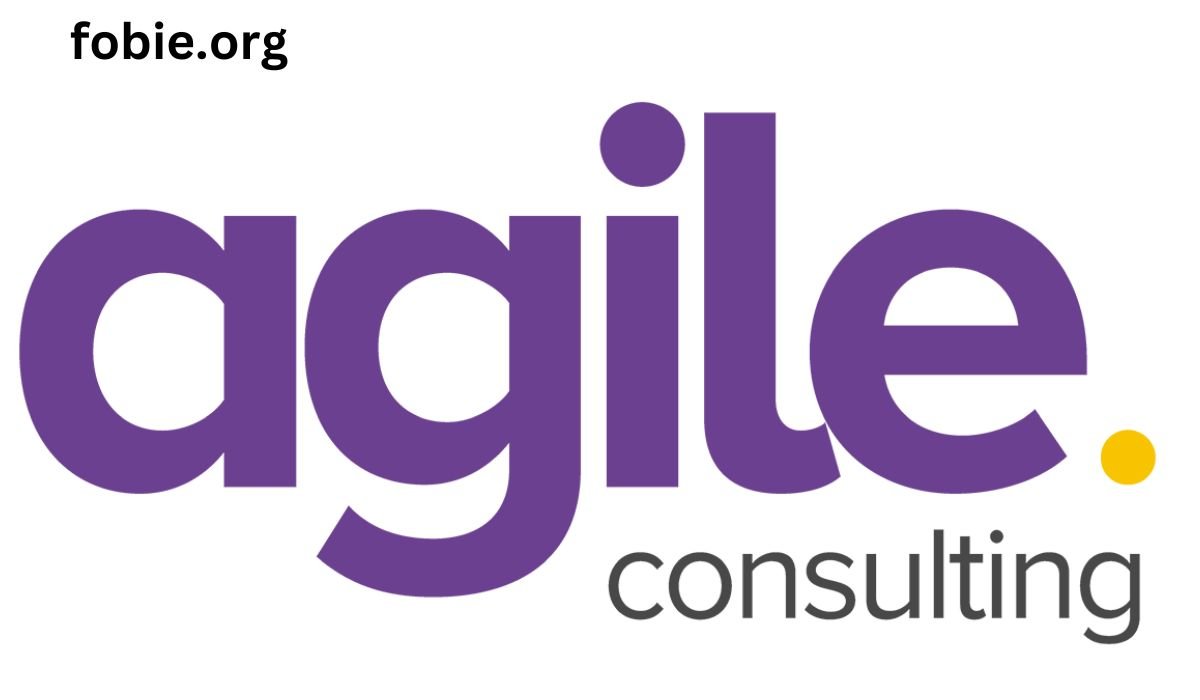Table of Contents
- The Rise of Remote Work
- Urban to Suburban Shift
- Technology in Real Estate
- Green and Sustainable Buildings
- Housing Market Dynamics
- Multi-Generational Living
- Impact of Economic Factors
The real estate market is a dynamic and ever-evolving landscape shaped by many factors, such as economic conditions, technological advancements, and societal shifts. For buyers, sellers, and investors, staying informed about emerging trends is crucial to making savvy decisions. Naples FL real estate experts Rigsby Team guarantees this. This article explores the top real estate trends to look out for in the coming years, offering insights into how these developments could affect the market.
1. The Rise of Remote Work
The COVID-19 epidemic has caused a radical change in the way we work, with many businesses now requiring remote labor as the new norm. This change has significantly affected the real estate market. With employees no longer bound to city offices, there’s been a surge in demand for homes in suburban and rural areas. Larger homes with dedicated office spaces are especially sought after. According to Pew Research, 71% of remote workers prefer to work from home, indicating a sustained trend towards remote work. This shift allows people to prioritize factors like space, affordability, and quality of life over proximity to work.
2. Urban to Suburban Shift
The allure of urban living has somewhat waned, as more people seek the tranquility and extra space offered by suburban and rural areas. This trend is driven by the rise of remote work and a desire for a better quality of life. Suburbs offer larger living spaces, better schools, and a sense of community that is often missing in bustling cities. Real estate experts believe this shift is not a fleeting response to the pandemic but a long-lasting trend that could reshape the housing landscape for years to come. The rise of hybrid work models, where employees split their time between home and office, further supports this trend as it reduces the need for daily commuting.
3. Technology in Real Estate
The real estate sector is still being revolutionized by technology. Technological advancements, from virtual tours to blockchain transactions, are making the buying and selling process more efficient and transparent. Virtual tours and augmented reality allow potential buyers to explore properties without setting foot inside them, a feature that has gained significant traction during the pandemic. Meanwhile, blockchain technology promises to streamline real estate transactions by reducing fraud and increasing transparency. The rise of PropTech—property technology—is another trend to watch, as it aims to improve the efficiency and effectiveness of real estate services. These technologies enhance the customer experience and offer new opportunities for data-driven decision-making in real estate investments.
4. Green and Sustainable Buildings
Environmental consciousness is growing, and this is reflected in the real estate market through an increased demand for green and sustainable buildings. Energy-efficient homes, renewable energy sources, and sustainable building materials are becoming more popular among buyers. According to the U.S. Green Building Council, buildings that are LEED-certified (Leadership in Energy and Environmental Design) see higher occupancy rates and command higher rents and resale values. Green buildings are expected to become the norm in the real estate sector as consumer awareness rises and environmental restrictions become more stringent. Furthermore, environmentally conscious consumers find homes with solar panels and energy-efficient appliances to be attractive investments.
5. Housing Market Dynamics
Anyone wishing to purchase, sell, or invest in real estate must have a thorough understanding of the dynamics of the housing market. The market has been characterized by low inventory and high demand, leading to increased property prices. However, this scenario is expected to change as new construction projects come online, alleviating some of the supply constraints. Additionally, mortgage rates, which are a key factor in housing affordability, are likely to fluctuate. Potential changes in government policies, such as tax incentives for first-time homebuyers and looser zoning regulations, could further impact the housing market dynamics. Investors should keep an eye on these changes to make strategic decisions in a fluctuating market.
6. Multi-Generational Living
Living with several generations is growing in popularity as families look for ways to save costs, share resources, and support one another. This trend has been accelerated by economic pressures and changing cultural attitudes towards family living arrangements. Homes designed to accommodate multiple generations, with features such as in-law suites and separate living areas, are becoming more common. In response to this trend, developers and builders are creating homes that provide multigenerational families with flexible and adjustable living areas.
7. Impact of Economic Factors
The real estate market is significantly shaped by economic variables. Affordability of housing and purchasing power are influenced by interest rates, inflation, and employment rates. For example, low interest rates can lower the cost of mortgages, which in turn can encourage more individuals to become homeowners. On the other hand, excessive inflation can reduce purchasing power and increase the difficulty of affording real estate. Additionally, economic growth and stability in a region often lead to increased housing demand, while economic downturns can result in reduced demand and falling property prices. Keeping abreast of these economic indicators can help buyers, sellers, and investors anticipate market shifts and make informed decisions.











